1. Radium Face Cream
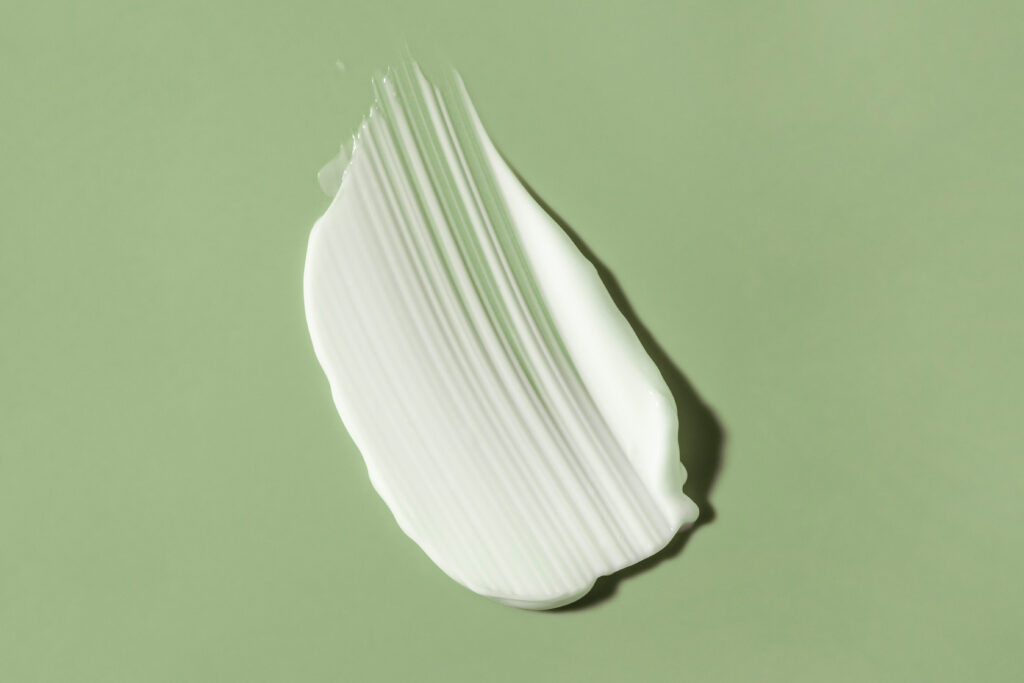
In the early 1900s, some beauty companies thought radioactive elements were glamorous. Face creams containing radium were advertised as a way to bring a youthful “glow,” without anyone realizing how dangerous it really was. Women were encouraged to smooth it on nightly, with promises of radiant, healthy-looking skin. The ads leaned into the “science” of the new century, using words like vitality and rejuvenation.
Of course, what they didn’t mention was the long-term damage from exposure. Radium wasn’t just unsafe, it was downright deadly. Prolonged use could cause burns, bone deterioration, and even cancer. Today, it’s hard to imagine a beauty counter selling something so toxic under the guise of health and glamour.
2. Lead-Based Face Powder
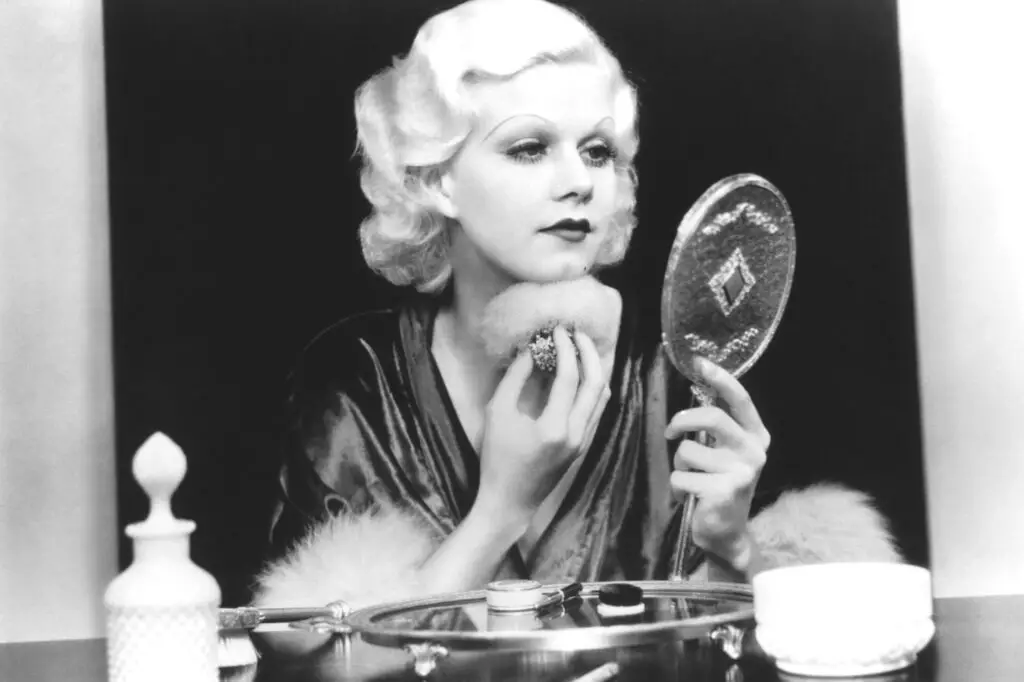
For centuries, lead powder was the go-to for women who wanted a pale, porcelain look. By the Victorian era, it was still being sold in little compacts as a standard part of a lady’s vanity. The problem was that repeated use caused everything from skin corrosion to lead poisoning. People even noticed their skin turning gray or deteriorating, yet they kept using it for beauty’s sake.
The tragic irony is that the product designed to create “flawless” skin actually ruined it. Long-term users often lost their hair and teeth, and some even developed neurological issues. Imagine powdering your nose before a ball and unknowingly inhaling something so toxic. Beauty came at a steep price, and no one truly understood it until much later.
3. Mercury Skin Lighteners
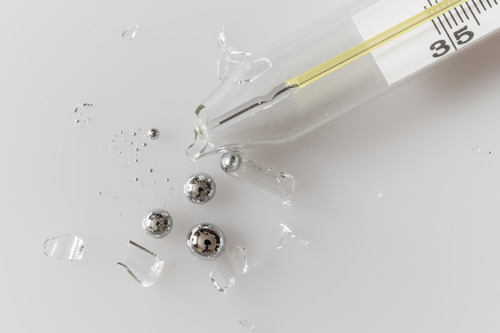
In the early to mid-20th century, creams and lotions with mercury were marketed to “brighten” or lighten the skin. The ingredient worked by disrupting melanin production, so women saw results quickly. Advertisements glamorized these creams as a safe solution to freckles or uneven tones. They were popular worldwide, especially in Hollywood’s golden age.
The darker truth is that mercury accumulates in the body, poisoning the nervous system. Some users developed tremors, mood changes, or kidney damage after long-term use. Even though mercury is banned in cosmetics today, it’s chilling to think that entire shelves were once stocked with these dangerous jars.
4. Arsenic Complexion Wafers
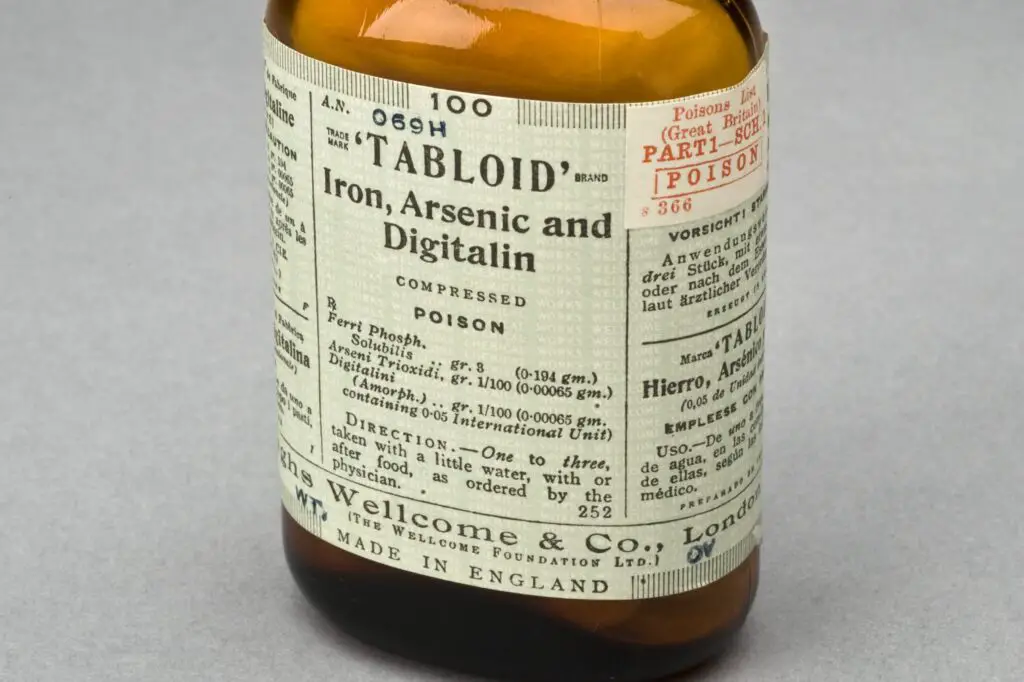
Yes, you read that right—people actually swallowed arsenic for beauty. Marketed as little candies or wafers, these were supposed to clear the skin and keep women looking youthful. They were promoted in the late 19th and early 20th centuries, with promises of delicate, snow-white complexions. Some even claimed they were “harmless” because the arsenic was “refined.”
But arsenic is poison, no matter how you spin it. Ingesting it could cause nausea, vomiting, and organ damage. A few unlucky users didn’t just look ill, they actually became gravely sick. It’s shocking that something sold in pharmacies and beauty shops was essentially a slow-working toxin disguised as a treat.
5. Belladonna Eye Drops
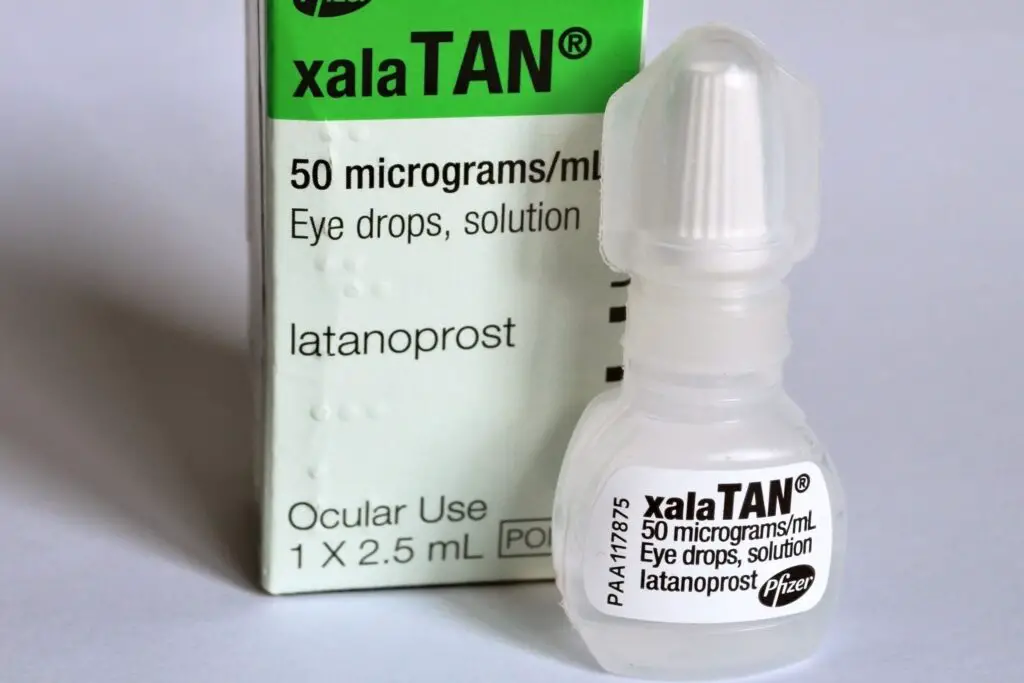
Belladonna, also known as deadly nightshade, was used in eyedrops to dilate pupils. The wide-eyed look was considered alluring in the Renaissance and even persisted in later centuries. Women would literally drip poison into their eyes for the sake of looking more seductive. It made the eyes glossy and doll-like, which fit beauty ideals of the time.
Unfortunately, belladonna is highly toxic. It could cause blurred vision, headaches, and even blindness if used too often. The name “deadly nightshade” wasn’t just a scary plant story—it was reality. It’s wild to think about how far people were willing to go to follow beauty trends, even risking their eyesight permanently.
6. Carbolic Acid Skin Peels
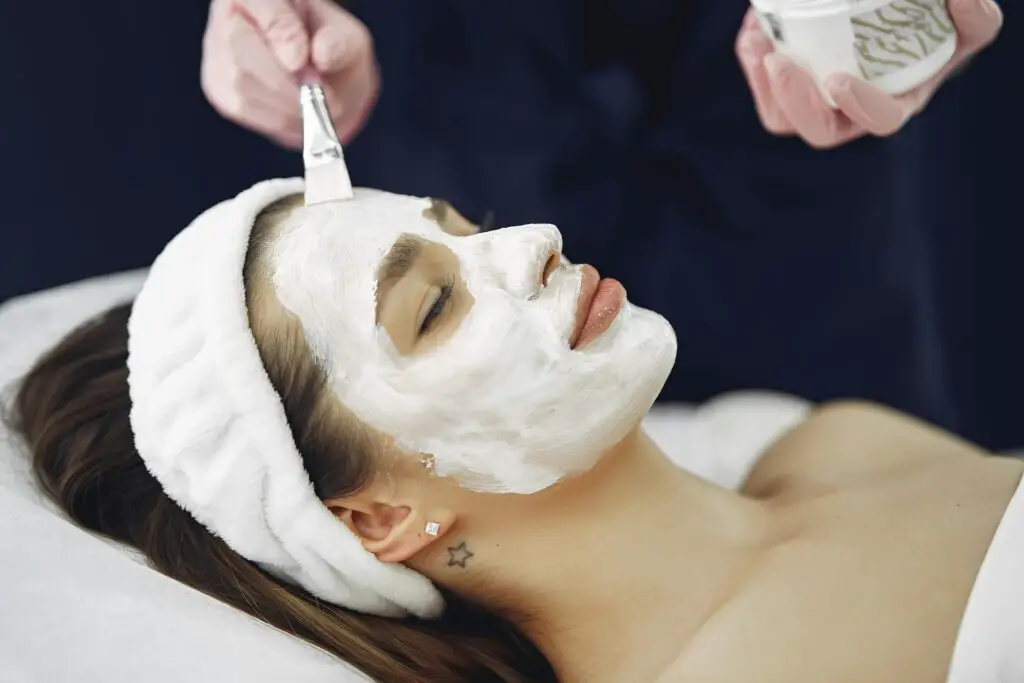
Before modern chemical peels, there were brutal ones made with carbolic acid. Women used them in the early 20th century to remove freckles or scars. The procedure literally burned off the outer layers of skin to reveal what they thought would be fresher, clearer skin. In some cases, it was done at home with little instruction or safety.
The process was incredibly painful and dangerous. Carbolic acid is corrosive, so it often caused burns, infection, or permanent scarring. Imagine sitting through the agony of a burning face peel, all for beauty’s sake. Today’s gentle exfoliants look tame in comparison to these early, unsafe experiments.
7. Thorium-Infused Hair Tonics
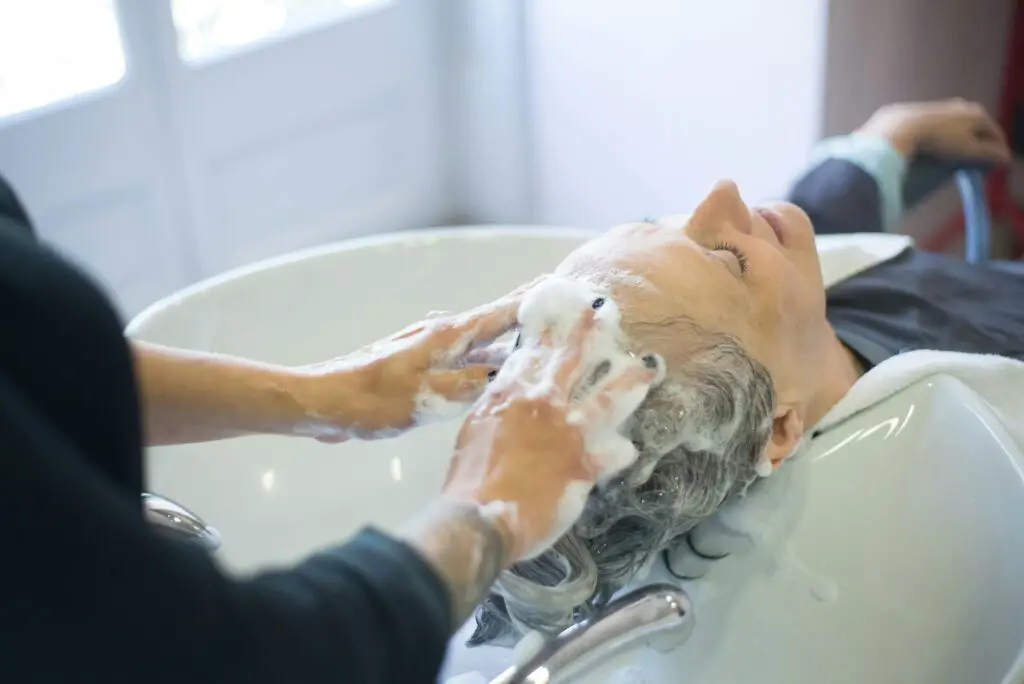
Radioactive ingredients weren’t just in creams—they made their way into hair products too. In the 1920s and 1930s, some hair tonics boasted thorium or other radioactive substances. The idea was that they would stimulate growth and give hair extra shine. Bottles were sold as high-end treatments that promised results science couldn’t yet explain.
In reality, radiation was being mass-marketed to unsuspecting consumers. Long-term use could damage the scalp and lead to much more serious health issues. Looking back, it feels more like a horror story than a beauty regimen. The sleek bottles and promises of vitality covered up some very real dangers.
8. Sulfur Soap
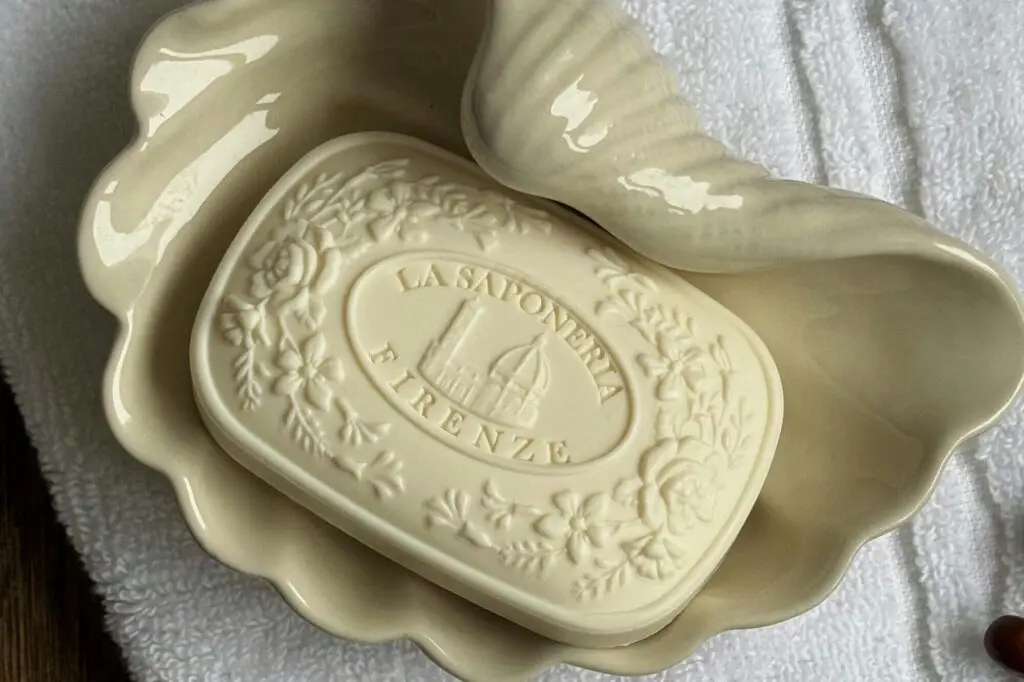
Sulfur soap was a common drugstore product used to treat acne or blemishes. It was advertised as a miracle cure that could dry out any imperfection. People swore by its “pungent but powerful” formula in the early to mid-1900s. But what the labels didn’t mention was just how harsh sulfur could be on the skin.
Long-term use often left people with red, cracked, or irritated faces. The smell alone was off-putting—imagine trying to feel glamorous while stinking of sulfur. It was less of a beauty routine and more of a punishment. Though it technically “worked” in some cases, the risks and side effects make it sound more like a medieval remedy than a beauty staple.
9. Antimony Eyeliner
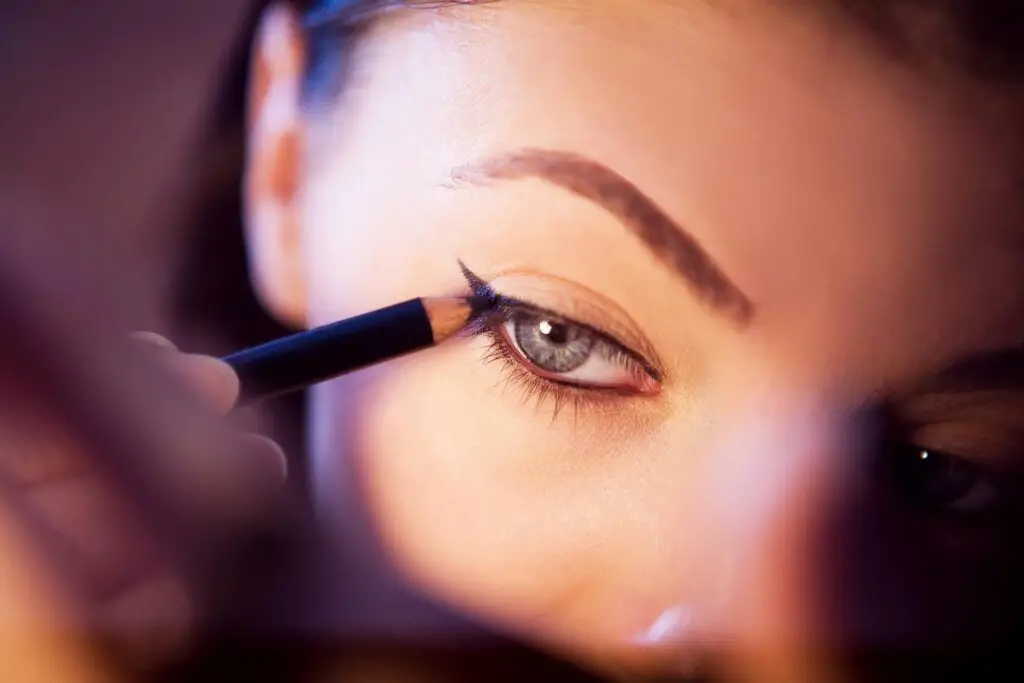
Ancient Egyptians famously used kohl eyeliner made with antimony, and the practice carried into later centuries in different forms. It gave the eyes a dramatic, smoky look that became iconic. But antimony is toxic, and using it repeatedly around the delicate eye area wasn’t a good idea. People didn’t realize they were lining their eyes with a poison.
Over time, exposure could lead to irritation, illness, or worse. Some studies suggest that heavy metals like antimony contributed to long-term health problems in cultures where kohl was popular. It’s fascinating that something so glamorous in appearance carried such a hidden cost. What we now consider unsafe was once a mark of beauty and sophistication.
10. Burnt Matches for Eyebrows

Before brow pencils became mainstream, women used burnt matchsticks to fill in their brows. The charred tips were smudged along the eyebrow line to give a darker, fuller look. It was cheap, quick, and effective for a night out. But obviously, it wasn’t exactly safe or hygienic.
Rubbing soot onto the skin carried the risk of irritation or infection. Plus, if the match wasn’t cooled properly, it could actually burn the skin. What sounds like a DIY hack today could have been a recipe for disaster. Still, it’s a quirky reminder of how resourceful women were with limited products at their disposal.
11. Turpentine Hair Treatments
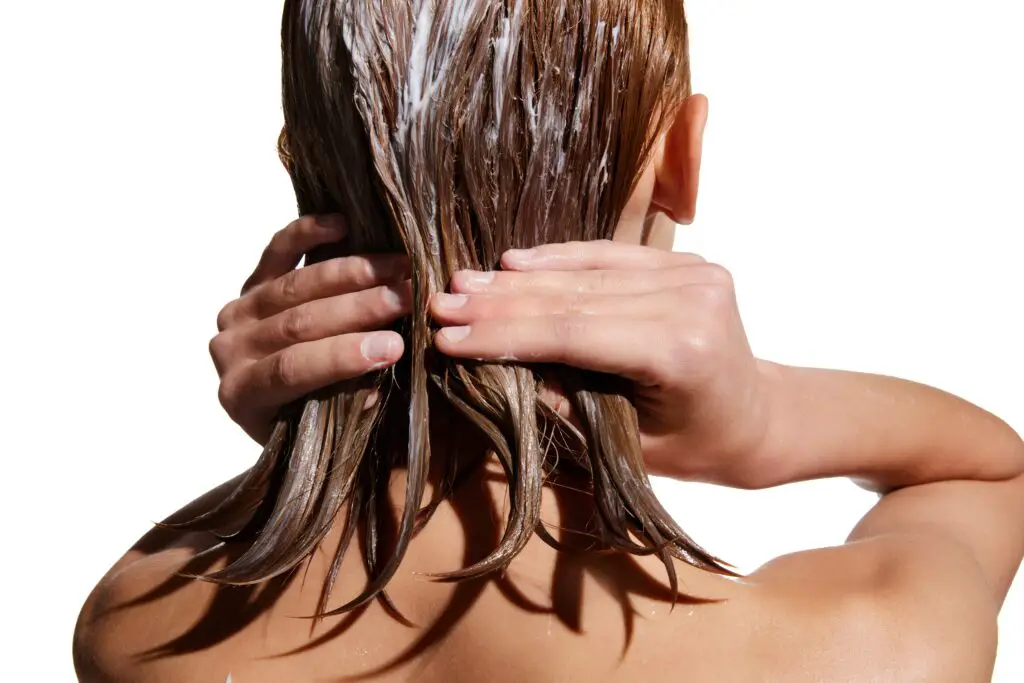
Some old beauty books recommended turpentine as a way to give hair shine or even treat dandruff. Yes, the same chemical used in paint thinner was once rubbed into scalps. The logic was that its strong cleansing power could strip away oil and buildup. Ads promoted it as a “natural tonic” without much evidence behind it.
But turpentine is toxic and highly irritating. It could cause burns on the scalp and breathing issues from the fumes. One can only imagine how unpleasant it was to massage something so harsh into your hair. Thankfully, hair care has come a long way from this dangerous experiment.
12. Ammonia Hair Lighteners
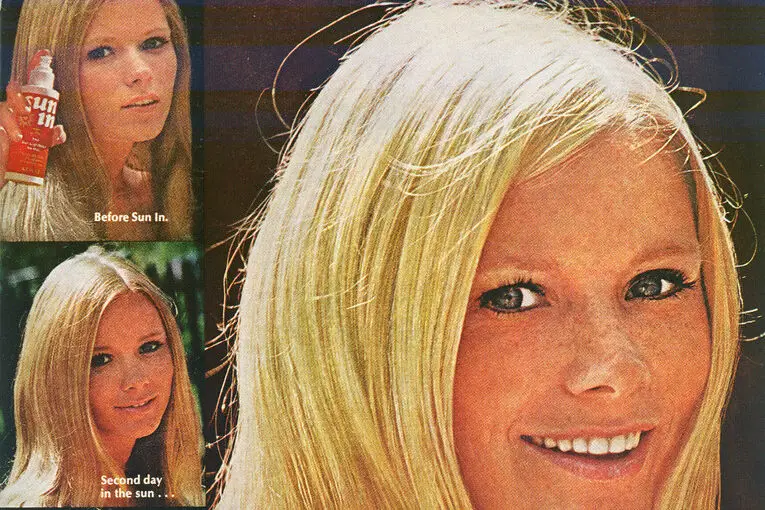
Before safe bleaches were formulated, people sometimes used household ammonia to lighten their hair. It was mixed into homemade concoctions or even sold in bottles marketed toward beauty. The fumes were overwhelming, and the effect was unpredictable. Women risked not just brittle hair but damage to their lungs.
The results were often streaky or unnatural-looking. And the cost wasn’t just aesthetic—ammonia exposure could cause burns and respiratory distress. Thinking about someone leaning over a bowl of pungent ammonia for beauty’s sake makes you cringe. It’s no wonder safer products eventually replaced this risky trend.
13. Whale Oil Face Creams

For years, whale oil was a common ingredient in skin creams and lotions. It was thought to moisturize and soften skin better than anything else. Many women had jars of it on their vanities without giving it much thought. But beyond the ethical issues, whale oil could easily become rancid.
Spoiled creams not only smelled awful but also carried the risk of skin irritation. Imagine rubbing a spoiled animal byproduct onto your face and calling it beauty. It wasn’t toxic in the same way as radium or arsenic, but it certainly wasn’t safe or sanitary. Thankfully, better and cleaner alternatives eventually came along.
